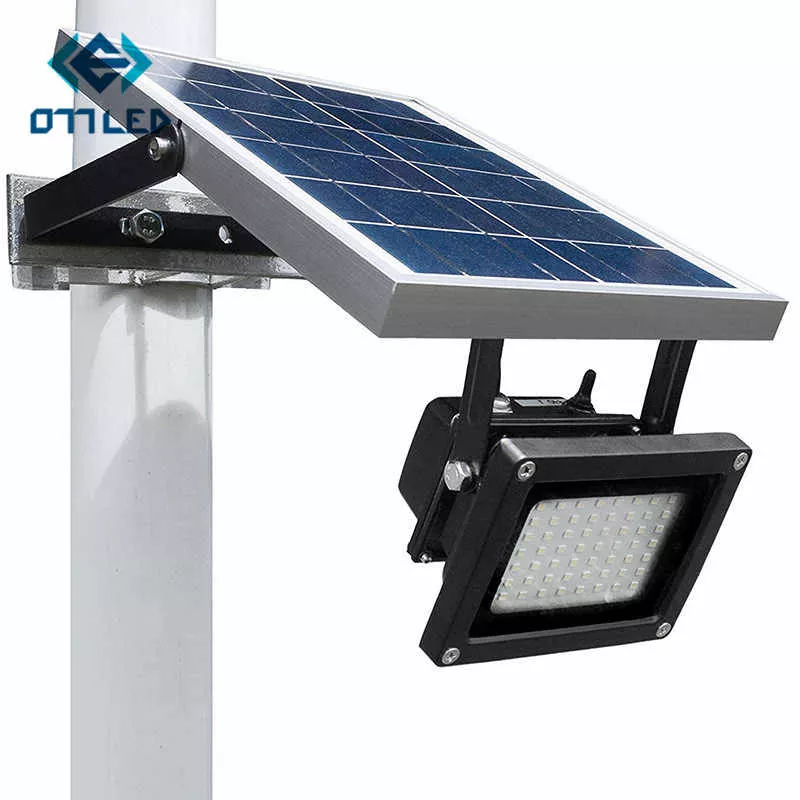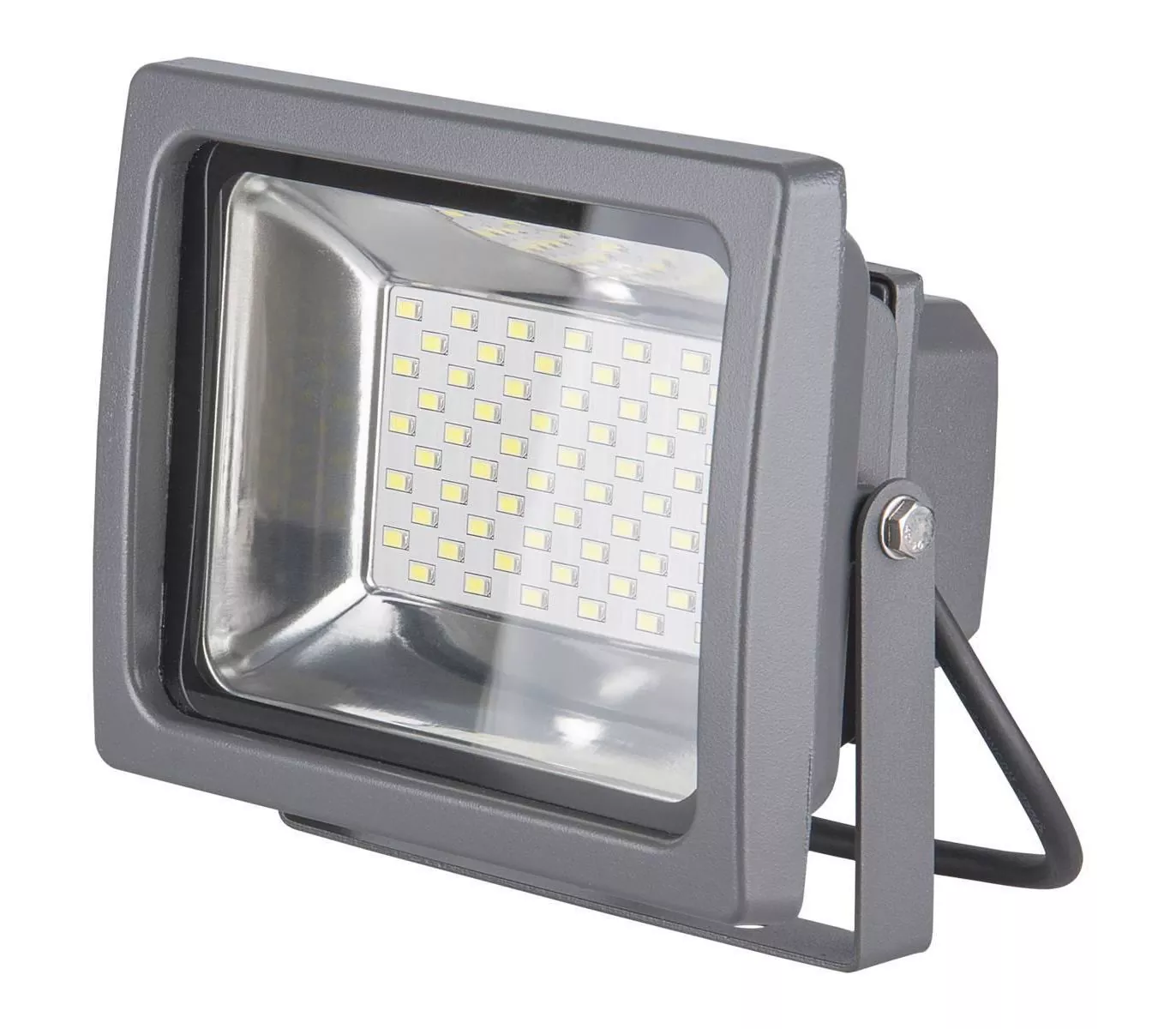Solar street lamps are an elevated light source that is powered by solar cells.

These panels are often mounted on the framework of the lighting or are integrat-ed into the pole.
The solar panels charge a battery which powers an LED or fluorescent light in the evening.
Here are a few examples of
Solar panel voltage is used to detect outdoor light and switch on or off the majority of solar light sources.
Solar streetlights are on all night long.
Solar streetlights are able to be used more than one night if the sun isn’t visible for a long duration.
The lamps used in earlier models weren’t fluorescent or LED. Solar lights in the regions that experience wind are typically equipped with flat-panel solar panels. They are able to better deal with the elements of wind.
For battery management, contemporary designs rely on wireless technology.
This technology allows street lights to be operated as a whole, with each light able to switch on and off the entire network.
Components
Four primary components compose solar street lighting:
Solar panel
The solar panels of solar street lamps are important,because they convert solar energy into electricity. Solar street lamps are usually ma-de and come with two kinds of panels: monocrystalline or polycrystalline. The conversion rate for mono-crystalline panels is greater than that of poly-crystalline. Solar panels vary also in wattage.
Lighting fixture
LEDs are the principal source of lighting in contemporary solar streetlights as they have a brighter light at a lower energy usage. The energy consumption of an LED fixture is 50% less than that of the HPS equivalent, which is commonly use-d in street lighting.
They are a great option for motion detectors since they do not have to warm up. This could result in additional energy savings.
Rechargeable battery
Batteries store the energy generated from solar panels during daylight hours, and also supply power to fixtures at the night. The life cycle of the battery is vital to the longevity of the lightand its capacity determines the number of backup days.
Gel deep cycle cells as well as lead acid batteries are often used for solar-powered street lighting. Popularity has also led to a huge demand for the compact lithium-ion battery.
Pole
Solar street lights require sturdy poles as they have numerous parts like fixtures, batteries and panels over them. In some newer designs, the components and PV panels are built inside the pole. Wind resistance is another factor.
There are other accessories to these poles, such as a battery box and a foundation cage.
Different types of solar street lights on a bus stop
Each streetlight may have itsown Photovoltaic Panel. It is not connected to other streetlights. A series of panels can be installed on a different location to serve as an energy source central to supply power to many streetlights.
Solar street lights that come in a single package are becoming more popular due to their small size. They come with the battery and all the necessary parts in a compact package.
Las Vegas, Nevada is the first city in the world to test EnGoPlanet Solar Street Lights. They are coupled with a kinetic tile that produces electricity when people walk on the.




